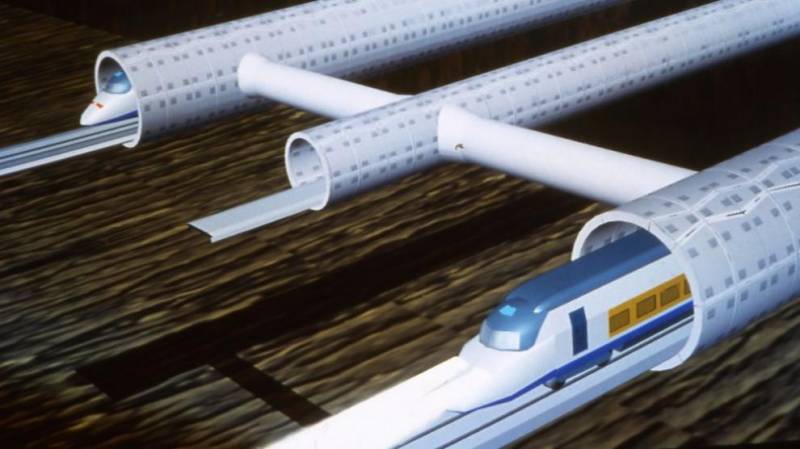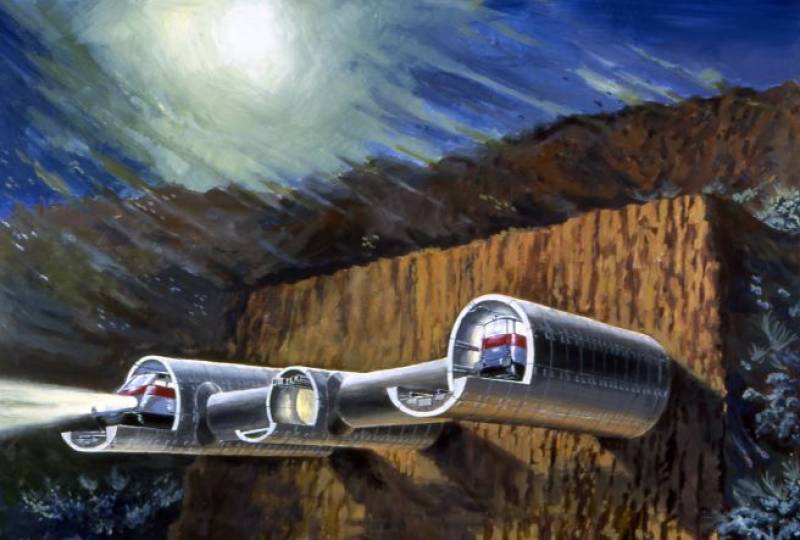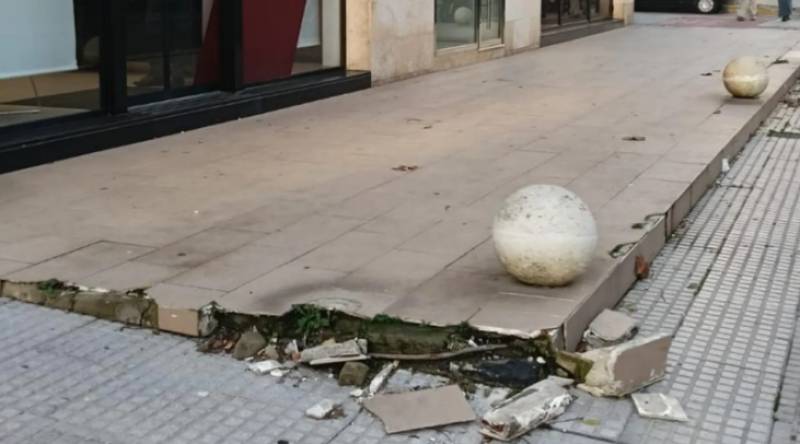- Region
- Vega baja
- Marina Alta
- Marina Baixa
- Alicante
- Baix Vinalopo
- Alto & Mitja Vinalopo
-
ALL TOWNS
- ALICANTE TOWNS
- Albatera
- Alfaz Del Pi
- Alicante City
- Alcoy
- Almoradi
- Benitatxell
- Bigastro
- Benferri
- Benidorm
- Calosa de Segura
- Calpe
- Catral
- Costa Blanca
- Cox
- Daya Vieja
- Denia
- Elche
- Elda
- Granja de Rocamora
- Guardamar del Segura
- Jacarilla
- Los Montesinos
- Orihuela
- Pedreguer
- Pilar de Horadada
- Playa Flamenca
- Quesada
- Rafal
- Redovan
- Rojales
- San Isidro
- Torrevieja
- Comunidad Valenciana
Spain could soon have its own channel tunnel to Morocco
The Fixed Link Project would join Africa and Europe with an underwater tunnel

When construction of the channel tunnel between France and the UK was completed in 1994, it was a feat of underwater engineering and an investment in public transportation infrastructure the likes of which had never been seen before.
Now, nearly 30 years later, Spain and Morocco are looking to make history in a similar way with a project to build an underwater railway tunnel between the two countries across the Strait of Gibraltar.
What would a channel tunnel in Spain look like?

The idea for a channel tunnel linking Spain and Morocco has actually been in the air for a while, with discussions first beginning way back in 1981 but becoming stalled on several occasions.
Nizar Baraka, Moroccan Minister of Equipment and Water, and Raquel Sánchez Jiménez, Spanish Minister of Transport, Mobility and Urban Agenda, have examined the status of the project and reactivated the Joint Committee with a view to signing the bilateral cooperation which will be the springboard for cooperation between the two continents.
The plan is to build an underwater tunnel 42 kilometres long with a train that would serve as a link between the two continents of Europe and Africa. An estimated 27.8km would be underwater.
For comparison purposes, the channel tunnel linking the UK and France is 50.5km long and has an undersea section of 38km, making it the longest in the world.
The key stops of the tunnel would be Punta Paloma, in Tarifa (in the Andalucía province of Cádiz) and Punta Malabata, in the Bay of Tangiers.
There would be two single-track tunnels, each with an interior diameter of 7.9 metres, plus another ‘service gallery’ tunnel with an interior diameter of 6 metres.
Both passengers and goods would be transported through the tunnel, which would have space for shuttle trains carrying cars and lorries. In addition, the possibility has been raised that the tunnel could also be used as a gas pipeline to supply energy to Europe from Morocco as well.
When could the tunnel be ready?

The Spanish company in charge of the studies for the Fixed Link Project through the Strait of Gibraltar (Secegsa) and its Moroccan counterpart, SNED, had taken the issue off the table in 2009.
Despite being so close together and Spain being home to a large number of Moroccan citizens, the two countries don’t always see eye to eye. The two countries have frequently clashed over illegal migrant crossings, especially in the Spanish exclave cities of Melilla and Ceuta on the Moroccan coast, and over gas supplies, but a joint bid to host the 2030 World Cup may go some way towards easing tensions.
However, the budgets earmarked for Secegsa have led them to consider relaunching the mega-construction project, and they have agreed to draw up a general strategy and work plan over a three-year period.
If this mega-construction project finally comes to fruition, it will be a major boost for both the Moroccan and Spanish economies as they will become a strategic enclave for connections between the African continent and Europe.
Despite the high initial cost of the project, in the long run the tunnel will provide logistical platforms, transport chain transfer areas, reduced transport costs, etc. Before the plan was dropped from consideration, the Joint Committee seemed to be on track to implement it.
Indeed, several international experts and scientific institutions studied the construction of such a fixed link across the Strait of Gibraltar. Now, with the revival of the project, it is estimated that it could be ready between the 2030s and 2040s.
Images: Secegsa
staff.inc.ali
Loading
Sign up for the Spanish News Today Editors Roundup Weekly Bulletin and get an email with all the week’s news straight to your inbox
Special offer: Subscribe now for 25% off (36.95 euros for 48 Bulletins)
OR
you can sign up to our FREE weekly roundup!
Read some of our recent bulletins:
Discount Special Offer subscription:
36.95€ for 48 Editor’s Weekly News Roundup bulletins!
Please CLICK THE BUTTON to subscribe.
(List price 3 months 12 Bulletins)
Read more stories from around Spain:
Contact Murcia Today: Editorial 000 000 000 /
Office 000 000 000
























